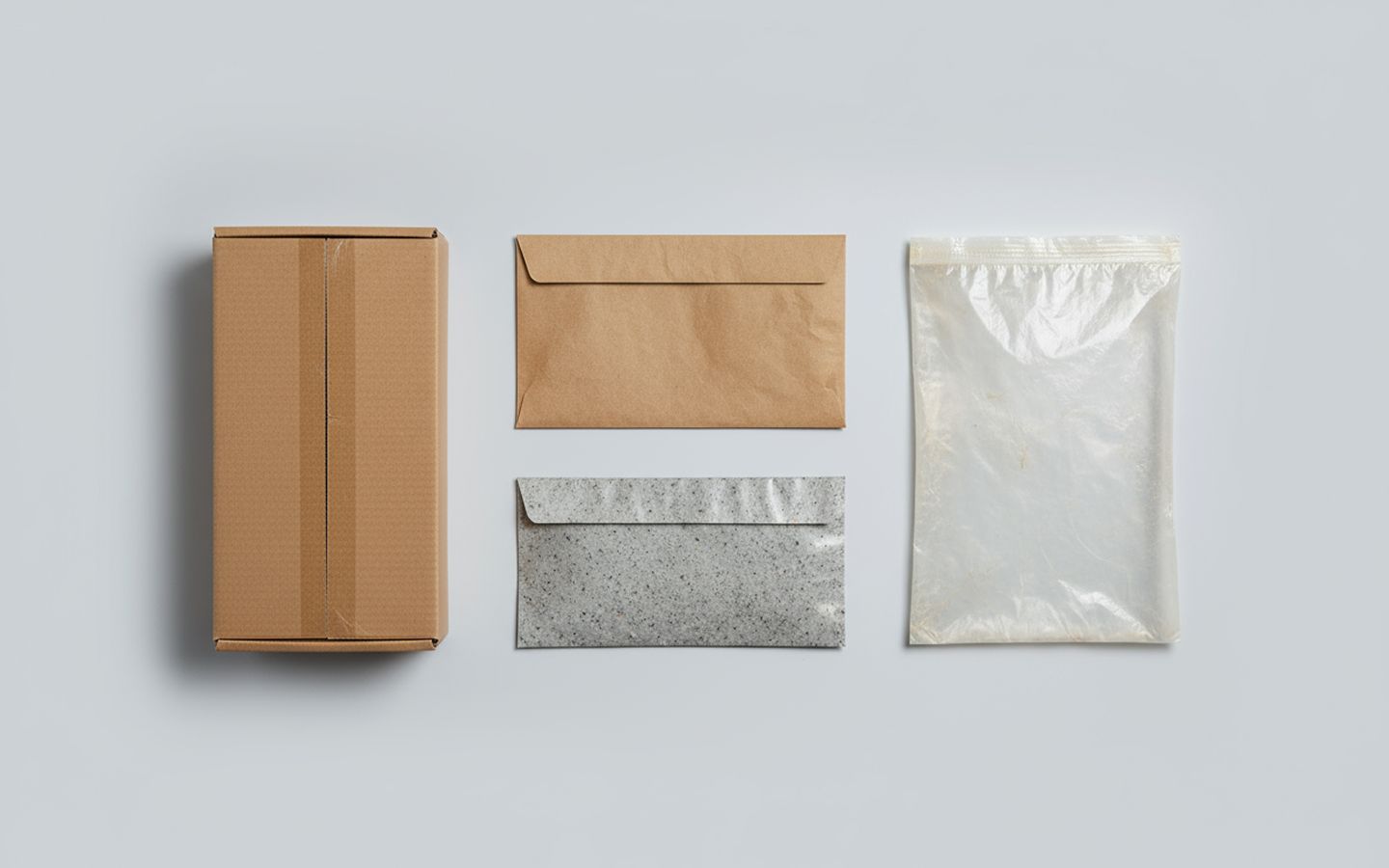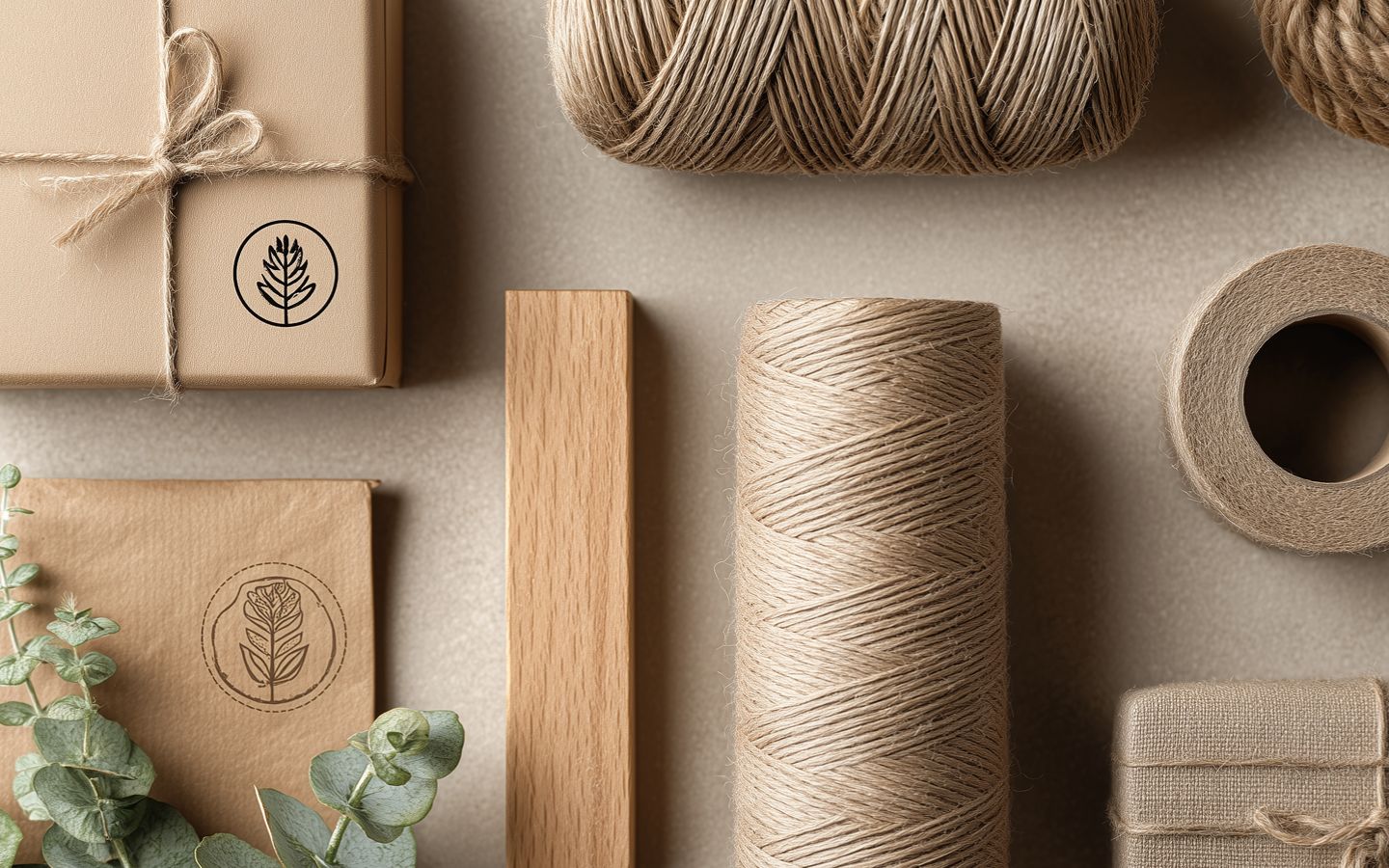The Easy Guide to Attaching Patches
Whether you’re decorating your denim jacket, fixing a hole in your jeans, or adding some pzazz to your backpack, patches can completely alter, transform and elevate any fabric instantly.
And the best part? You’ve got so many options, no matter what type of patch or item you're working with.
From classic sewing to methods that let you attach patches without sewing, there's a solution for every project.
Let’s walk through the best ways to attach different kinds of patches to different kinds of garments and clothing.

How to Iron On Patches
Iron-on patches are some of the most popular types of patches because they’re quick to apply and don’t require sewing.
Perfect for: Jeans, jackets, hats, pants, backpacks, and school uniforms
What you’ll need: an iron, a clean flat surface, and a press cloth
- Place the patch in position on a clean, dry fabric.
- Cover it with a press cloth (like a pillowcase or thin towel).
- Press down with a hot iron (no steam) for about 30 seconds.
- Let it cool, then check the edges. Repeat if necessary.
Pro Tip: Iron-on patches work best on cotton or denim. For stretchy or synthetic fabrics, sewing is usually more reliable.
Sewing On Patches
Sewing gives your patch a long-lasting hold, and it works for any kind of patch: iron-on, adhesive, or just plain fabric.
Perfect for: Jackets, jeans, pants, shirts, backpacks, bags, and even hats
- Pin the patch in place.
- Use a needle and thread (or a sewing machine) to stitch around the edges.
- Match the thread to the border of the patch for a clean look or use contrasting thread types or colors for extra flair.
If you're going for style over repair, add a decorative stitch to turn your patch into a true fashion statement.
Pro Tip: For thick fabrics or denser patches, use a thimble and heavy-duty needle to avoid finger strain.
Using Fabric Glue or Adhesive
If you’re in a hurry or don’t want to sew, fabric glue is your friend. It’s also one of the easiest ways to attach patches without sewing.
Perfect for: lightly used items like totes, craft projects, or display garments
- Apply a thin layer of glue to the back of the patch.
- Press it onto the fabric and let it dry flat for 24 hours.
- Avoid washing the item too soon and stick to hand washing when possible.
This method is quick, but not as durable as sewing or ironing, especially on clothing items that get a lot of wear and subsequently tear.
Pro Tip: Use a book to gently press the patch down while drying to ensure a stronger hold.
Using Velcro or Hook-and-Loop Backing
Want to be able to swap patches on and off? Velcro is a great choice.
Perfect for: Uniforms, tactical gear, or travel bags
- Attach the loop side to your fabric using stitching or glue.
- Make sure the hook side is already on your patch.
- Press them together and you’re good to go.
This is also perfect for people who collect patches or creatives who want to rotate patch designs.
Pro Tip: Sew the loop side on with a zigzag stitch for added durability, especially on gear that is worn frequently.
How to Patch Clothes for Repairs
Patching rips or holes isn’t just practical; it can be a very stylish affair. Think of it as visible mending but with personality.
Best method: sew or iron a patch over the damaged area
- Use a patch slightly larger than the hole
- Place it on the inside or outside of the fabric
- Secure with stitching, glue, or heat.
You can use plain fabric, a pre-made patch, or even a decorative one to turn a rip into a design feature.
Pro Tip: Choose contrasting fabrics or novelty patches to turn the repair into a creative design feature.

Using Safety Pins and Clips for Temporary Flair
Sometimes you want flexibility without commitment. If you're unsure about placement or only want to wear a patch occasionally, safety pins and badge clips offer a simple solution.
Perfect for: Events, costumes, fashion experimentation, or borrowed clothes
Slide a safety pin through the patch and fabric, securing it in place. For a neater look, use multiple small pins along the edges or choose decorative pins that complement the design.
Badge clips or magnetic backings can also be used for items where you don’t want any punctures or residue, like leather jackets or delicate materials.
Pro Tip: This is a great option for kids' clothes, travel outfits, or patches you plan to trade or share with others.
Caring for Patched Clothing
Once your patch is attached, you want it to last. A little care goes a long way in preserving both the patch and the clothing it’s on.
Washing: Turn patched items inside out and use cold water on a gentle cycle. This reduces stress on the patch and the adhesive or stitching.
Drying: Air-dry whenever possible. Heat from dryers can loosen glue or warp the edges of some iron-on patches.
Reinforcing: If a corner starts to lift or threads come loose, re-sew or spot-glue it right away to avoid further wear.
Pro Tip: For high-use items like backpacks or jackets, a quick yearly inspection can keep your patches fresh and firmly in place.
A Stitch of Culture: Meet Sashiko and Boro
Looking for inspiration beyond your average patch? Sashiko and Boro are centuries-old Japanese techniques that turn mending into a centuries-old art form.
Sashiko, meaning "little stabs," is a method of hand-stitching that creates repeated patterns usually using white thread on indigo fabric. Boro, translating to "ragged" or "tattered," involves layering and patching old textiles with visible, decorative stitches. Together, these two techniques tell a story of resilience and beauty all achieved while mending and revamping garments.
Originally created out of necessity, these methods are now appreciated both for their functionality and aesthetic.
Have a worn-out clothing item you want to give new life to? Consider giving them a touch of Sashiko or Boro soul.

Make It Yours
Patches are more than just pieces of fabric; they’re woven expressions of who you are. Whether you’re saving a beloved item from the scrap pile or adding some panache to something new, patches give you the chance to transform your clothing in both meaningful and appealing ways.
From practical fixes to fashion statements, every patch is a chance to make something your own. So have fun, experiment, and attach your patches in whatever style suits your vibe.





